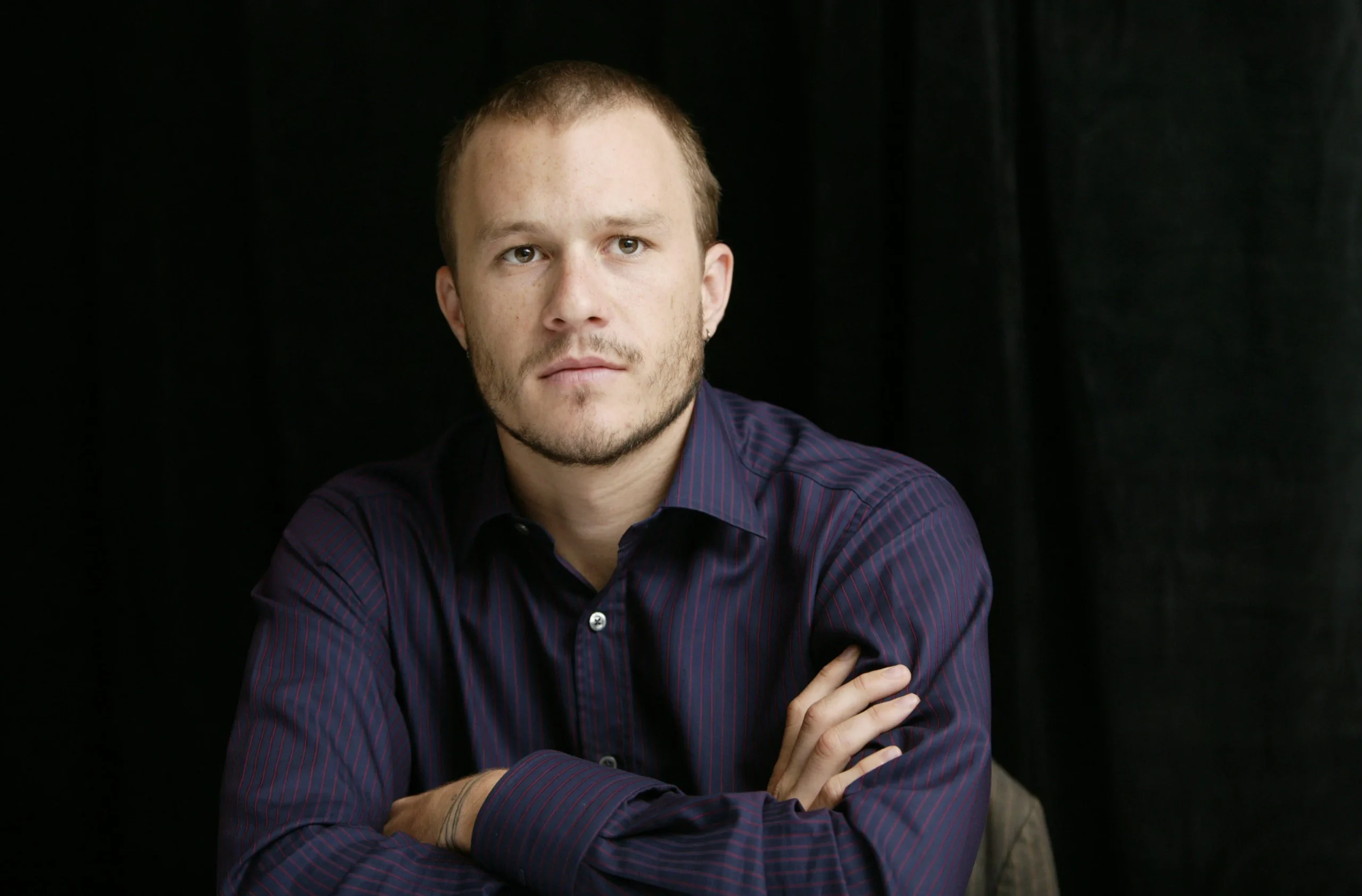Heath Ledger: The Untold Story Behind His Iconic Joker Transformation
In the annals of cinematic history, few performances have left as profound an impact as Heath Ledger’s portrayal of the Joker in Christopher Nolan’s The Dark Knight. What began as a seemingly risky casting choice would ultimately redefine a character and cement Ledger’s legacy as one of the most transformative actors of his generation.
Ledger’s journey into the mind of the Joker was nothing short of extraordinary. Isolated in a hotel room for weeks, he meticulously crafted a character that would become far more than a typical comic book villain. His preparation was intense and all-consuming, involving a deep dive into the psyche of chaos and unpredictability.
The actor’s approach was unconventional from the start. He kept a detailed diary filled with sketches, thoughts, and ominous notes that provided a window into his creative process. Influenced by diverse sources including Francis Bacon’s artwork and Stanley Kubrick’s A Clockwork Orange, Ledger developed a character that was truly unprecedented.
Director Christopher Nolan was immediately struck by Ledger’s commitment. “He brought an unsettling energy that completely redefined the Joker,” Nolan would later recall. The actor’s transformation was so complete that he remained in character even during breaks, a method acting approach that took a significant toll on his mental and physical well-being.
Ledger’s initial casting was met with widespread skepticism. Many fans questioned how the star of Brokeback Mountain could possibly embody the iconic villain. Yet, he was determined to prove doubters wrong. His preparation was exhaustive:
- Studying psychological disorders
- Developing a unique vocal approach
- Creating a physicality that was both unpredictable and menacing
- Reading extensively about anarchist philosophies
The result was a “psychopathic, mass murdering, schizophrenic clown with zero empathy” – a description that perfectly captured the essence of Ledger’s interpretation. His co-stars were equally impressed. Christian Bale admitted to feeling overshadowed by Ledger’s intense performance, while Michael Caine spoke of being genuinely terrified during their scenes together.
Tragically, Ledger would not live to see the full impact of his work. His untimely death in January 2008, shortly after completing filming, added a layer of poignancy to an already legendary performance. The posthumous Academy Award for Best Supporting Actor served as a final testament to his extraordinary talent.
The legacy of Ledger’s Joker extends far beyond The Dark Knight. His portrayal fundamentally changed how villains were perceived in cinema, challenging actors and directors to explore deeper, more nuanced character studies. It sparked important conversations about mental health, artistic expression, and the personal cost of total character immersion.
Ultimately, Heath Ledger’s Joker was more than a performance – it was a transformative moment in film history. “Why so serious?” became more than just a line; it became a cultural touchstone that would inspire generations of actors and filmmakers to come.
Epilogue:
Ledger’s diary, with its haunting sketches and cryptic notes, remains a powerful artifact of an artist completely consumed by his craft. His Joker was not just a character, but a profound exploration of human darkness, unpredictability, and the thin line between genius and madness.
A performance that transcended the boundaries of cinema, forever changing how we understand character, creativity, and the depths of human complexity.






Leave a Comment